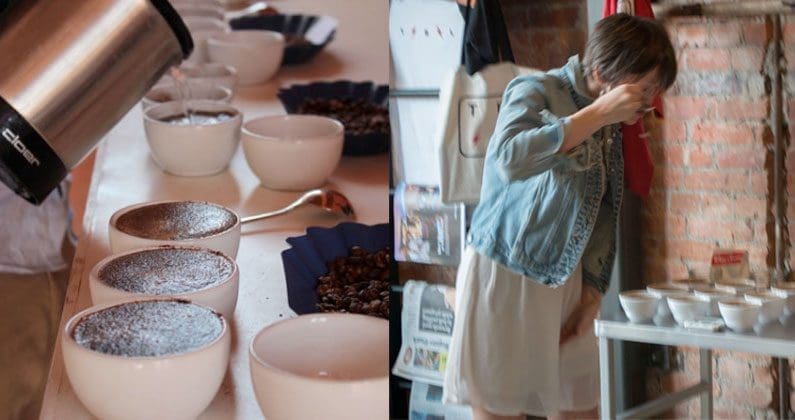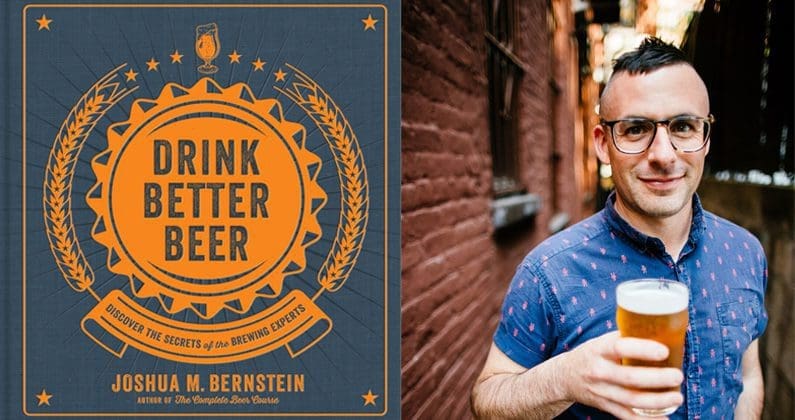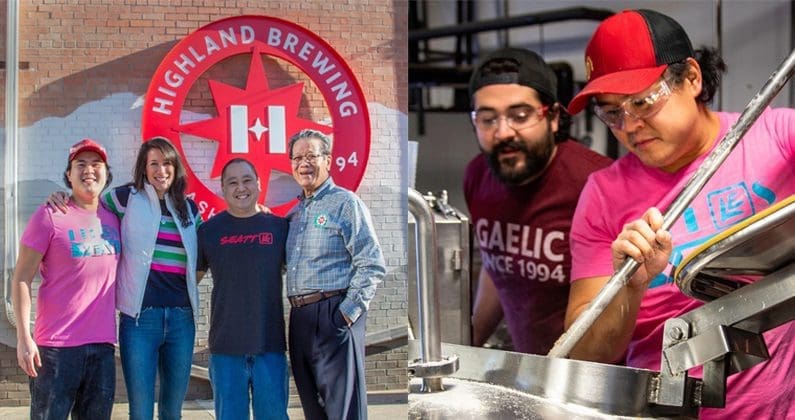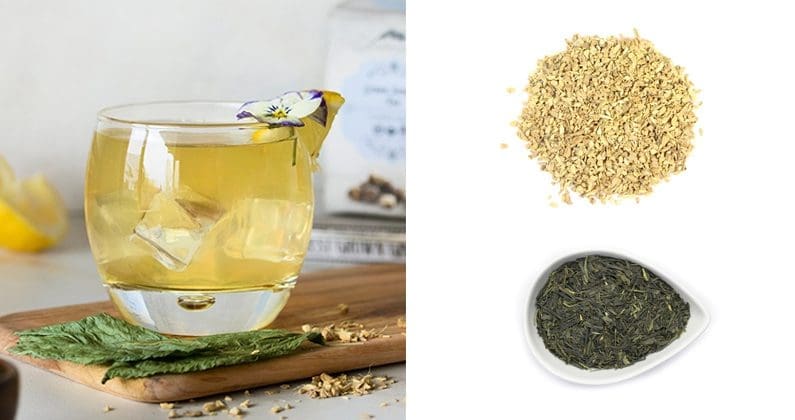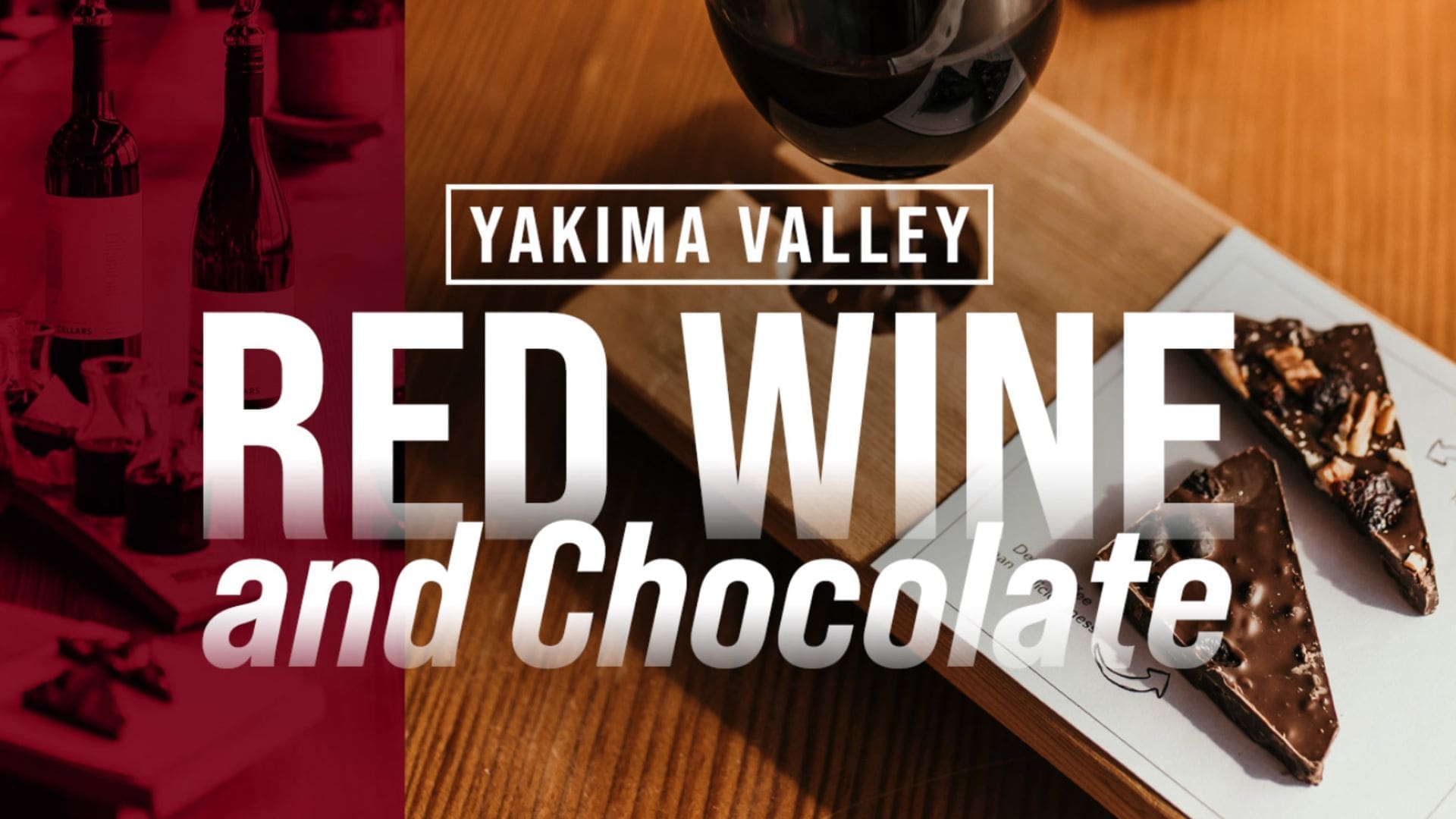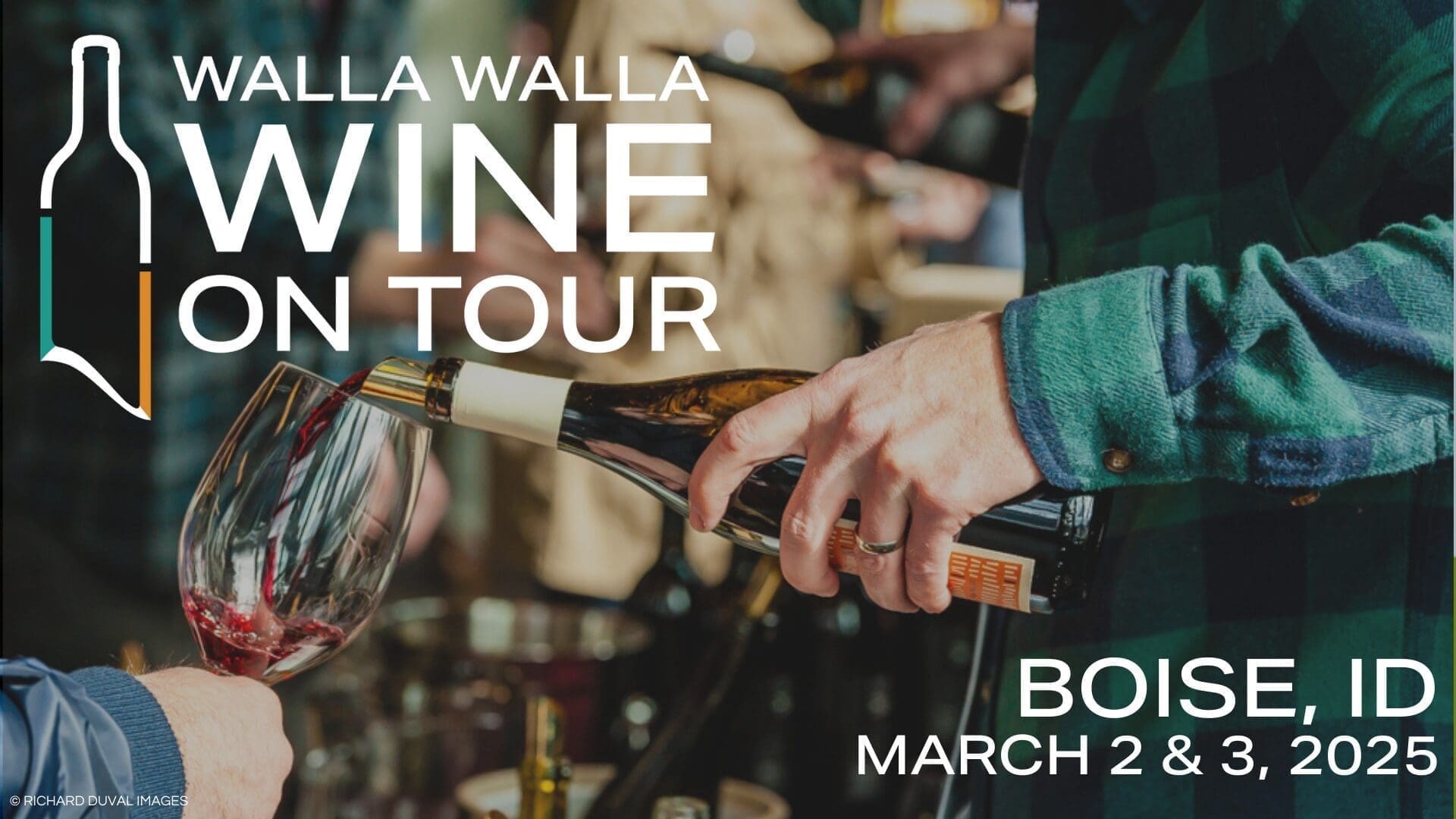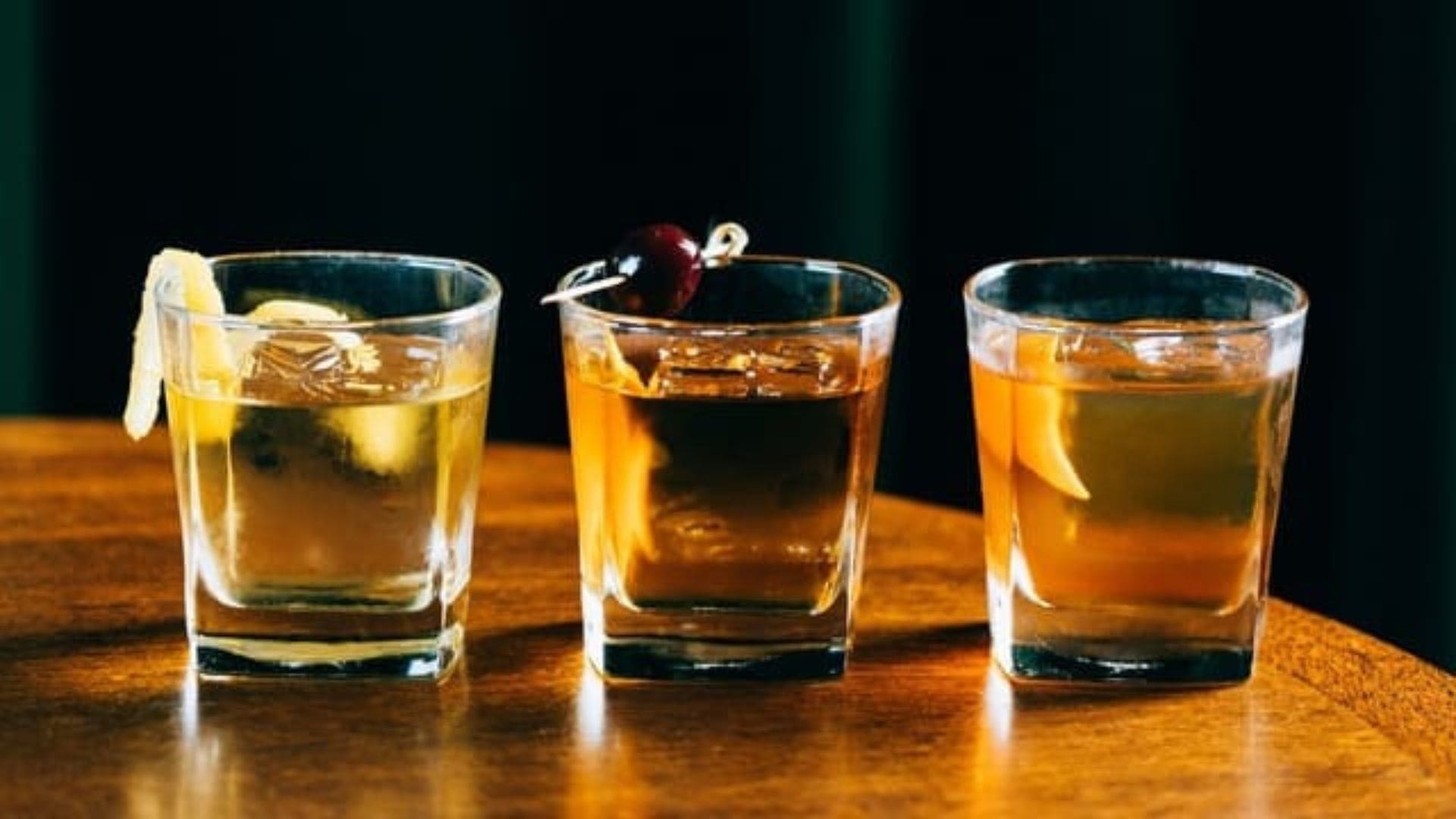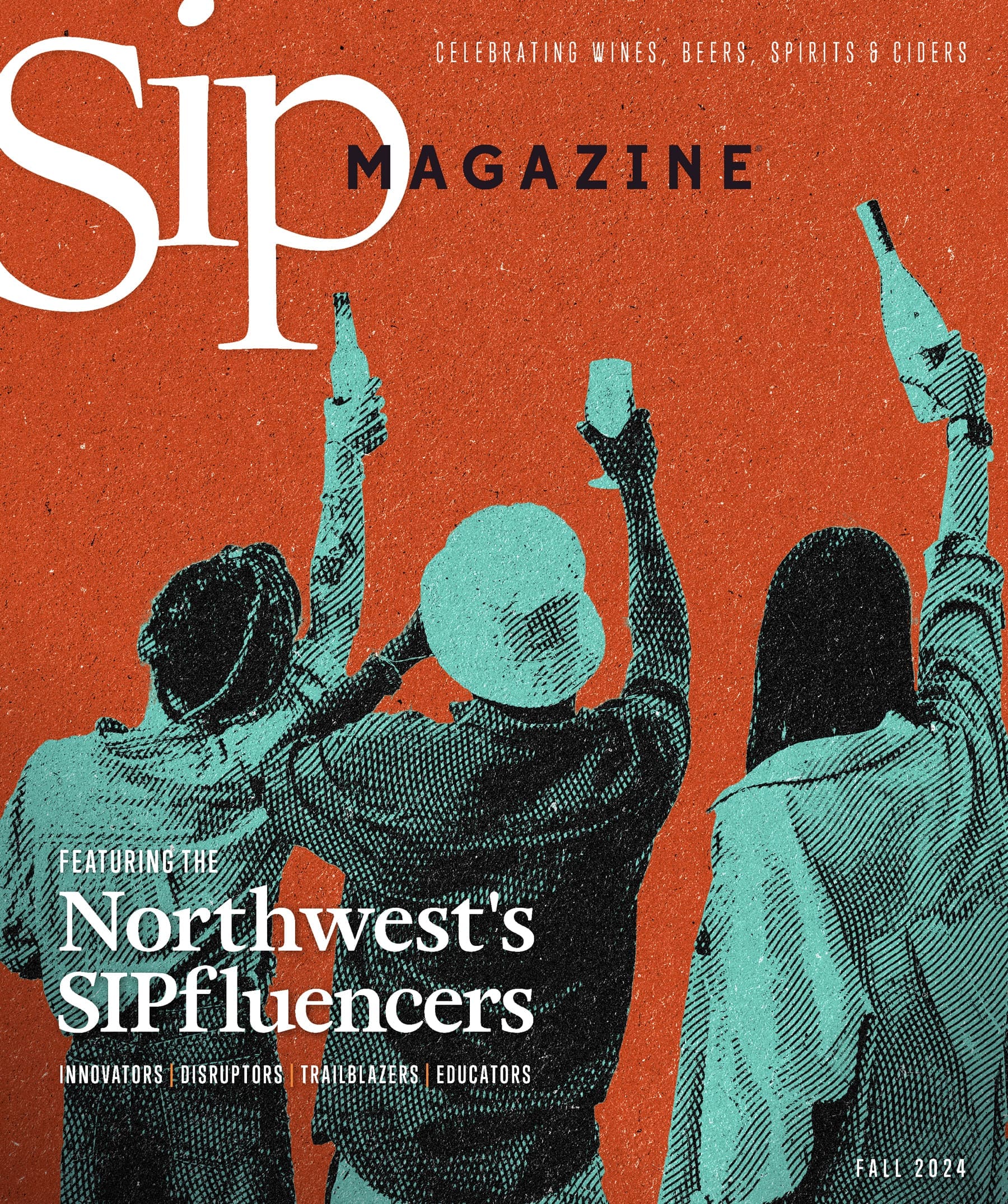Coffee cupping: the process by which growers, roasters and avid drinkers standardize the tasting of coffee in order to best pick out the flavors specific to an individual cup. The official set of standards, first developed by Ted Lingle and published in “The Coffee Cupper’s Handbook” in 1985, is used worldwide for coffee buying and competitions. However, home coffee aficionados can easily make use of the fundamentals. I asked Michael Ryan, director of education for Seattle-based Caffe Ladro, how best to apply the basics at home. According to Ryan, here is what you need to know.
1) Freshness matters. “Four factors quickly affect the flavor of coffee: heat, light, air and moisture,” explains Ryan. Freshly roasted coffee should be kept out of the way of all four, and used no more than three weeks after the roast date.
2) Grind matters. Whole bean coffee should be measured out by weight and ground at a medium setting on a burr grinder no more than 20 minutes before cupping. Ryan recommends running a handful of the same coffee through the grinder prior to grinding the measured portion, in order to clear out old coffee.
3) Fragrance and aroma are different. Smell each portion of ground coffee by leaning over and breathing in with mouth open, both before and after adding the water. The former, known as fragrance, is where it’s easier to pick up off smells.
4) Eliminate every possible variable. Pour the same amount of water, at the same temperature (205° Fahrenheit), directly into the same size vessel with each measured amount of ground coffee that you will be cupping. Be sure to get all of the grounds fully saturated, and cup out of the way of conflicting smells or distracting environs. And if you’re cupping with others, beware the power of suggestion—Ryan recommends keeping quiet throughout at least two rounds of tasting.
5) Breaking the crust. After letting the coffee stand for about four to five minutes, use two soup spoons to break the crust of grounds sitting on top of the coffee. Inhale again and note distinct aromas. Then let the coffee stand about five more minutes until its temperature has neared 160° Fahrenheit. “It’s easier to pick out flavors the closer a liquid is to body temperature,” Ryan says. Using the spoons (rinsed between uses), scrape away the foamy top layer left on the coffee. You’re ready to dip in for a spoonful of coffee to slurp.
6) Slurp hard. It may be rude in most any other setting, but the louder your slurp, the better. “Slurping helps coffee reach all of the nerves in the mouth, not just the taste buds,” says Ryan. It also helps vaporize part of the coffee, letting you smell simultaneously as you’re tasting. In fact, Ryan recounts, in many places and especially Latin America, slurping is “sort of a bravado thing.”
7) Cupping takes practice. “Most beginners I work with are nervous to say what they think of the coffee,” says Ryan, who trains Ladro’s baristas to take their brewing cues by tasting. It can take months for picking out flavors to become second nature. Past experiences and regional background inform how much tasters pick out in a cup of coffee, says Ryan. “If you’re used to drinking black coffee, you’re going to pick up on things quicker than if you’re used to drinking white chocolate mochas,” Ryan says. “And if you’ve never tasted a blackberry, you’re not going to take a sip and suddenly pick out that flavor.” Many people use a coffee tasters’ flavor wheel to help them narrow down what they’re tasting, but in the end, each palate is different. Ultimately, only one question needs answering—do you like the coffee or not?

